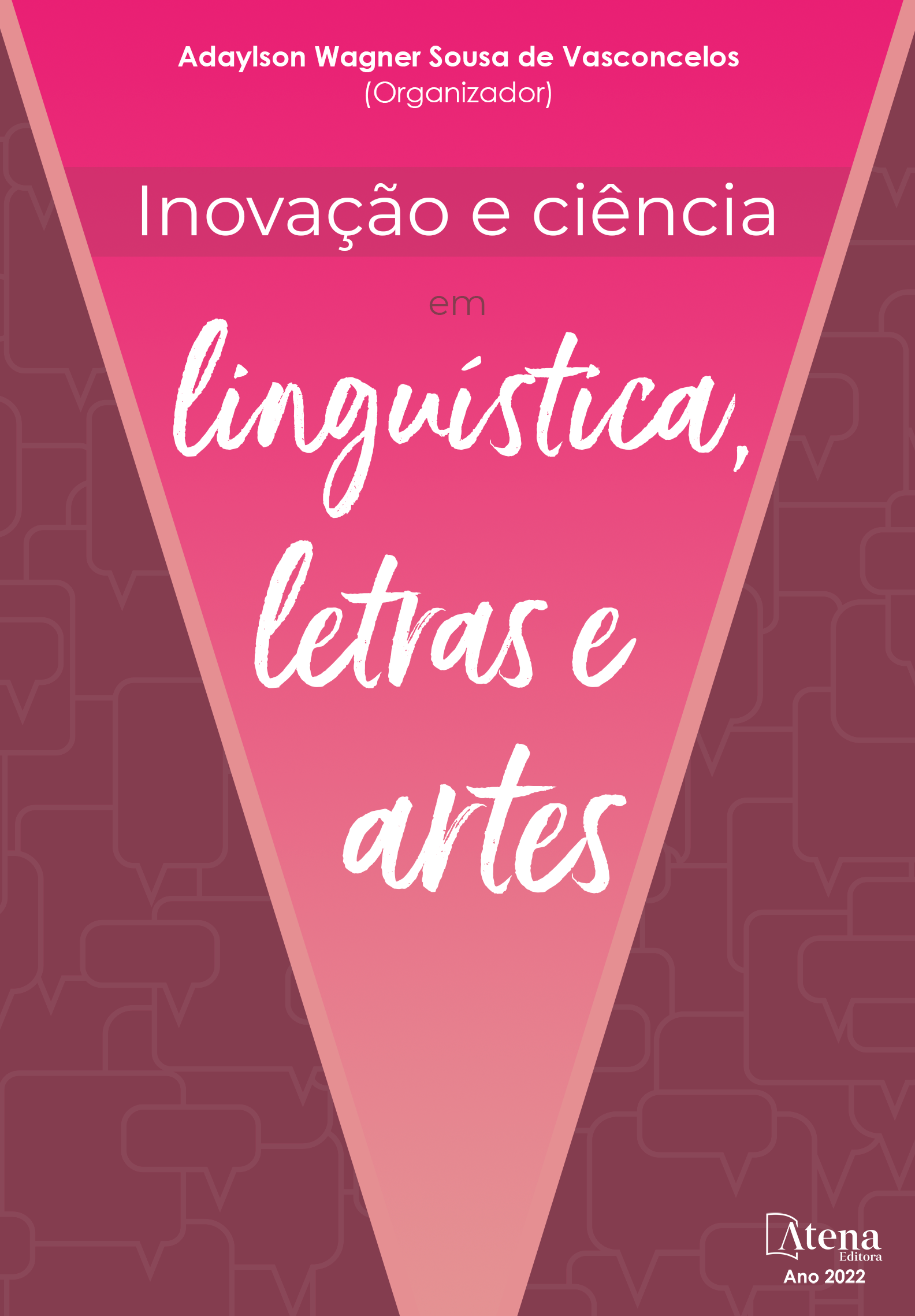
ESPAÇOS DO FEMININO E GEOGRAFIAS URBANAS NOS CONTOS DE ALICE MUNRO
Considerada “mestre do conto contemporâneo”, a canadiana Alice Munro, galardoada com inúmeros prémios, incluindo o Nobel da Literatura em 2013, explora nos seus contos o universo feminino, jovens e mulheres que habitam os arredores de Ontário ou o Lago Huron.
Este estudo visa analisar nos contos “Comboio”, “Fugida” e “Miles City, Montana”, os diferentes espaços, físicos ou psicológicos, onde se movem as personagens femininas, entre a cidade e o campo, e de que modo estes espaços as moldam, limitam ou transcendem.
Parte-se das teorias elaboradas por Marc Augé (2012) e de Michel Foucault (1994), de forma a decifrar em que medida os não lugares, tal como os definiu Augé, se podem subitamente revelar espaços outros/heterotópicos, como os designa Foucault.
Não menos importante para a análise do percurso espacial das personagens se assume a obra de Yi Fu-Tuan (1977), onde os conceitos de topofilia e topofobia são dilucidados de forma clara. Last but not least, interessa perceber de que forma as noções de topofilia e topofobia imbricam com a noção de topofrenia recentemente elaborada por Robert Tally Jr. (2018).
ESPAÇOS DO FEMININO E GEOGRAFIAS URBANAS NOS CONTOS DE ALICE MUNRO
-
DOI: 10.22533/at.ed.3562201044
-
Palavras-chave: espaço, lugar e não-lugar, heterotopia, topofilia e topofobia, topofrenia.
-
Keywords: space, place and non-place, heterotopia, topophilia and topophobia, topophrenia.
-
Abstract:
Considered the “master of the contemporary short story”, Canadianwriter Alice Munro, winner of numerous awards, including the Nobel Prize for Literature in 2013, explores in her short stories the female universe, that of young girls and women, who inhabit the outskirts of Ontario or Lake Huron.
The aim of this study is to analyse the short stories “Train”, “Runaway” and “Miles City, Montana”, in order to identify the different spaces, both physical or psychological, within which the female characters’ lives unfold, in a backward and forward movement from the city into the countryside, and also to acknowledge in what way these spaces shape, limit or transcend the characters themselves.
We will firstly focus our attention on the theoretical concepts developed by Marc Augé (2012) and Michel Foucault (1994), in order to decipher the extent to which non-places, as defined by Augé, can suddenly reveal other/heterotopic spaces, as Foucault understands them.
Then, no less important for the analysis of the characters' spatial path is the work of Yi Fu-Tuan (1977), where the concepts of topophilia and topophobia are clearly explained.
Last but not least, we will be interested in understanding how the notions of topophilia and topophobia overlap with the notion of topophrenia recently developed by Robert Tally Jr. (2018). -
Número de páginas: 25
- Ana Maria Marques da Costa Pereira Lopes
- Anabela Oliveira da Naia Sardo
- Fátima Susana Mota Roboredo Amante
- Susana Soares da Silva Rocha Relvas


